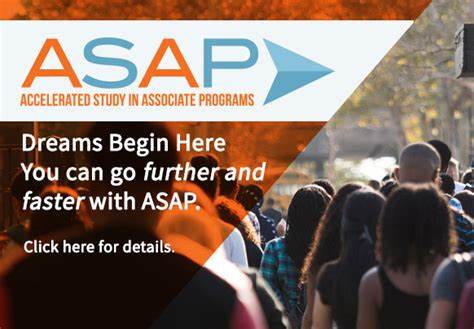More evidence is accumulating to show that the approach works beyond New York. Starting in 2015, three community colleges in Ohio imported the ASAP model, with some modifications (such as offering money for petrol rather than for the subway). A randomised controlled trial by MDRC, a research outfit, found it nearly doubled the chances of completing degrees (35% compared with 19% in the control group). Two community colleges in West Virginia are set to try the system next. “We’re quite pleased to see that the model has been attempted in other places, and the numbers tend to look good too,” says Félix Matos Rodríguez, the chancellor of the CUNY system.

Perhaps the strongest corroboration that the ingredients are indeed right comes from Chicago, where a similar programme has improved the lot of students in the local community-college system. One Million Degrees (OMD), a project started in 2012, provides tutoring, professional development and cash grants to qualifying students: 80% of them black and Hispanic, 90% qualifying for Pell grants and 60% first-generation students. It is similar to the New York programme because, “if you really ask students what they need and observe what the challenges are”, you arrive in a similar place, says Paige Ponder, the organisation’s CEO. Initial results of a randomised controlled trial conducted by the University of Chicago Poverty Lab of 4,000 applicants found that participants were 35% likelier to persist through the first year of college. Talk to the students in the programme, and you find that no single element boosts their chances of finishing university as much as the whole cocktail.
译文由可可原创,仅供学习交流使用,未经许可请勿转载。












